Today Nancy Mellen is sharing some photos of fall foliage, berries, and other end-of-the-season beauties from her garden in Hingham, Massachusetts. She grows primarily native perennials and shrubs for the birds, insects, and critters to enjoy in the garden around her antique home.
Hepticodium miconioides (seven sons flower, Zones 5–9). The white flowers have fallen off, but the pink bracts still persist into November.
Here’s a late-blooming hardy chrysanthemum (Chrysanthemum hybrid, hardiness varies by cultivar) providing a little food for some hungry pollinators.
Maroon leaves on Viburnum plicata f. tomentosum ‘Shasta’ (Zones 5–8) join with the last few yellow leaves of Cercis canadensis ‘Forest Pansy’ (Zones 5–9).
Calycanthus floridus (sweetshrub, Zones 4–9) is known for the fragrance of its flowers, but it has a pretty fantastic fall color as well.
This Ilex verticillata (winterberry holly, Zones 3–9) has a few berries left. How long winterberry fruits last on the plant usually depends on the local birds and how quickly they gobble them up.
Viburnum trilobum ‘Wentworth’ (highbush cranberry, Zones 2–7) produces beautiful white flowers in the spring, followed by showy red berries. The berries have all been eaten by the birds, but the fall color of the foliage looks great.
Acer griseum (paperbark maple, Zones 4–8) gets its name from its beautiful bark, but the lovely fall color may be even more dramatic.
Although this Fothergilla major ‘Mt. Airy’ (‘Mt. Airy’ large fothergilla, Zones 4–8) is beyond peak color, it’s still pretty. It will also have pretty white flowers in the spring.
The bright purple berries of Callicarpa dichotoma ‘Early Amethyst’ (‘Early Amethyst’ beautyberry, Zones 5–8) make a striking combination with the yellow fall foliage. The berries will persist long after the leaves have fallen, provided the birds don’t get too hungry.
Have a garden you’d like to share?
Have photos to share? We’d love to see your garden, a particular collection of plants you love, or a wonderful garden you had the chance to visit!
To submit, send 5-10 photos to [email protected] along with some information about the plants in the pictures and where you took the photos. We’d love to hear where you are located, how long you’ve been gardening, successes you are proud of, failures you learned from, hopes for the future, favorite plants, or funny stories from your garden.
Have a mobile phone? Tag your photos on Facebook, Instagram or Twitter with #FineGardening!
Do you receive the GPOD by email yet? Sign up here.
Fine Gardening Recommended Products
The Nature of Oaks: The Rich Ecology of Our Most Essential Native Trees
Fine Gardening receives a commission for items purchased through links on this site, including Amazon Associates and other affiliate advertising programs.
The Nature of Oaks reveals what is going on in oak trees month by month, highlighting the seasonal cycles of life, death, and renewal. From woodpeckers who collect and store hundreds of acorns for sustenance to the beauty of jewel caterpillars, Doug Tallamy illuminates and celebrates the wonders that occur right in our own backyards. He also shares practical advice about how to plant and care for an oak, along with information about the best oak species for your area.
Bee Watering Station with Vivid Flower Design
Fine Gardening receives a commission for items purchased through links on this site, including Amazon Associates and other affiliate advertising programs.
Thoughtful Combo: You will receive a bee feeder and 30 glass marbles. This thoughtful combo can provide clean water for the bees, you just need to put the marbles into the bee watering station, add water (note: the water level should not exceed the height of the marbles) and hang them in the right place. The round, colored marbles can provide a place for the bees to stand and prevent them from falling into the water, effectively keeping the bees safe. Fine Material: This exquisite bee bath is made of high quality iron material, smooth surface, rust and weather resistant, not easy to fade, sturdy and reliable. Bee cups for garden can well meet the drinking water needs of lovely bees, and it can also provide food for bees, such as sugar water, nectar, etc., attracting more bees to your outdoor area and making your garden full of vitality. Perfect Size: The butterfly watering station has an overall height of 13.4 inches, a bowl diameter of 9.4 inches, and a weight of 0.44 pounds. The bee cup serves the needs of the bees well without plunging them into dangerously deep water or taking up unnecessary space in your garden, and this compact and efficient design makes it a practical addition to any outdoor space. Elegant Design: Our bee watering cups are designed in unique flower shapes with vibrant and realistic colours to attract lovely bees to your garden and patio, bee feeders for outside are not only functional but can also be used as a landscaping element, their vibrant floral patterns enhance the beauty of your garden. Multicolored Decoration: Colorful bee water stations look like flowers in a garden, flower bed or pot and attract bees and butterflies. They can drink or bathe in bee feeders, which are highly decorative and practical.
Wagner's 52003 Classic Blend Wild Bird Food, 6-Pound Bag
Fine Gardening receives a commission for items purchased through links on this site, including Amazon Associates and other affiliate advertising programs.
Classic wild bird food uses the highest quality grains to attract backyard wild Birds. A high-quality mix containing Millet, milo, cracked corn and Sunflower for a wide range of wild birds to enjoy. Perfect for tube, hopper, or platform feeders. Great to feed in all seasons! Perfect for the winter, when seeds are scarce; spring and summer for hatchlings; and autumn to give energy to migrating birds. This seed will help you fill your yard with birds such as Jays, cardinals, doves, Juncos, finches, goosebeaks, any many more.










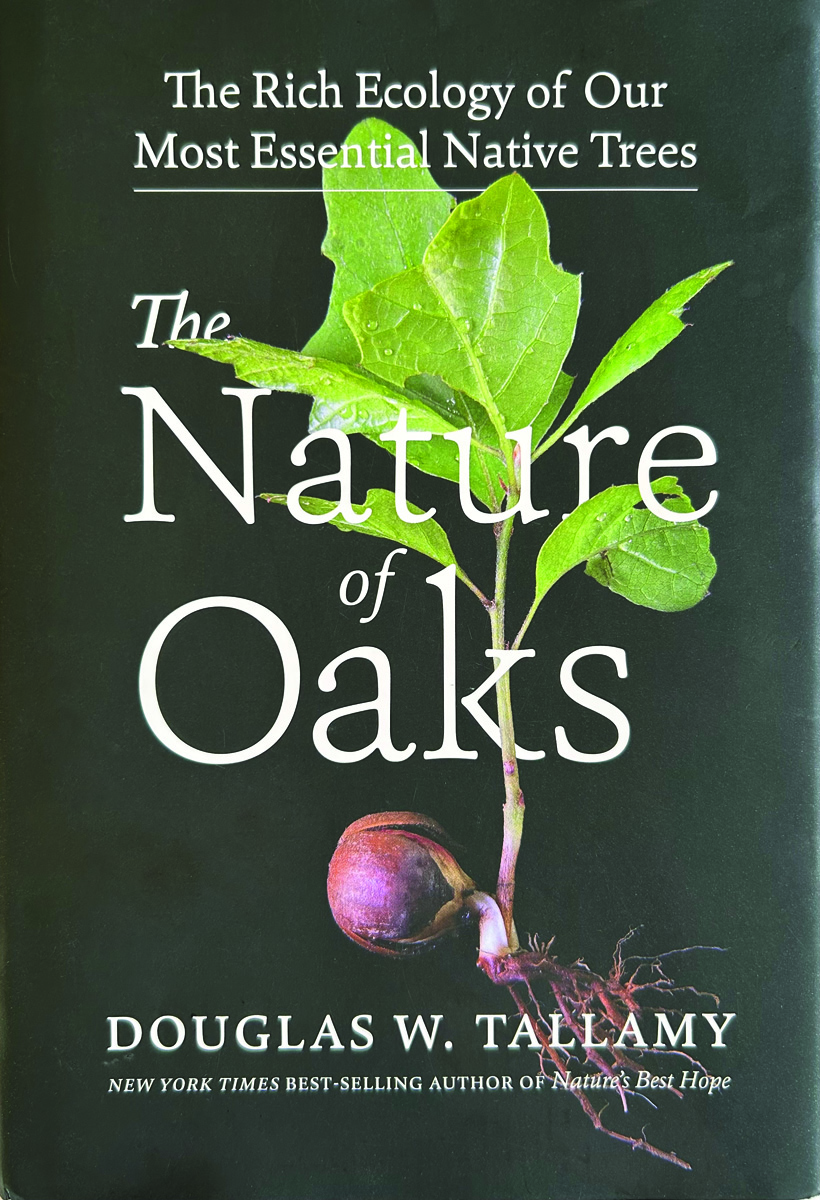
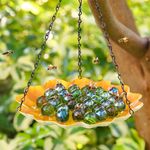
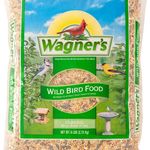



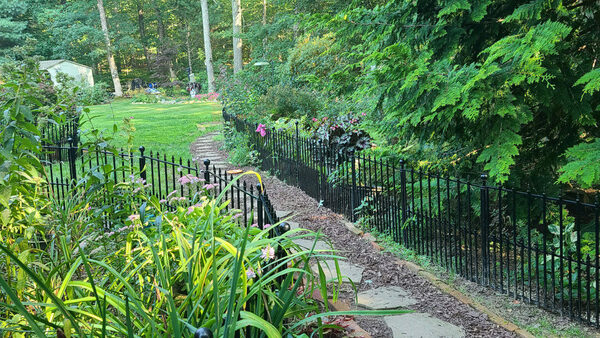
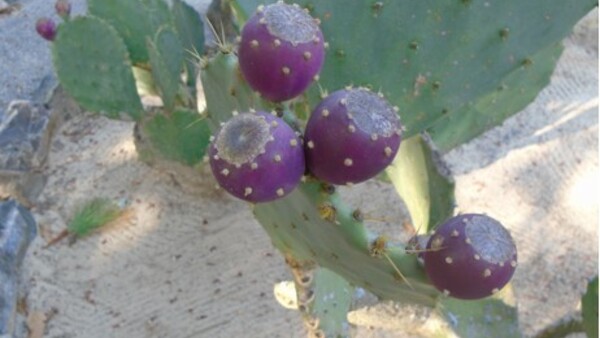
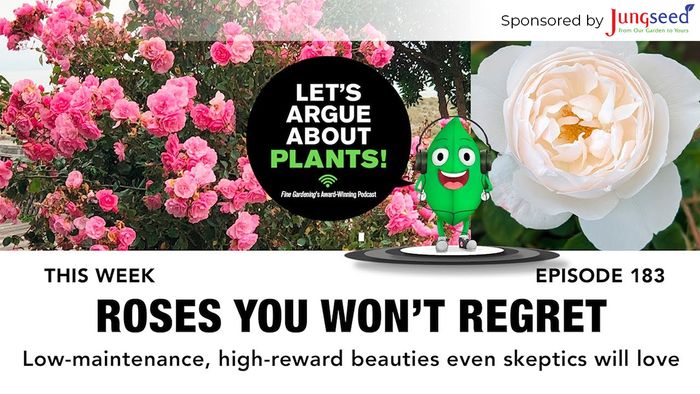
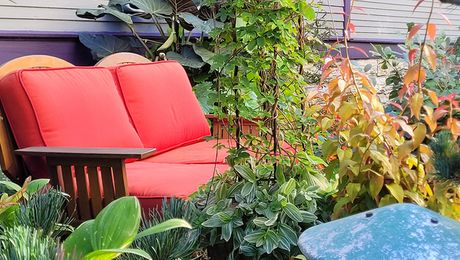
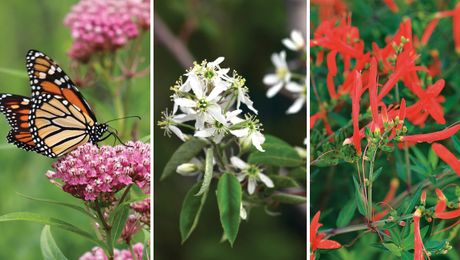







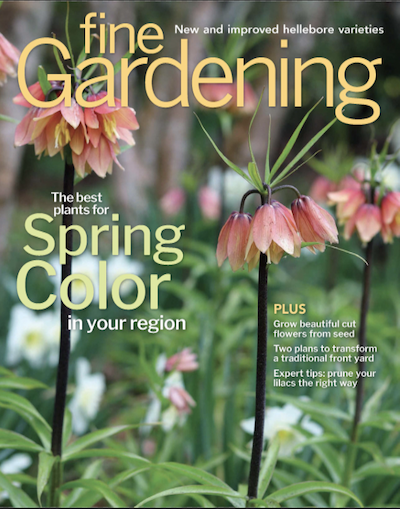

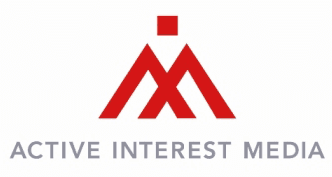
Comments
Here in southern Indiana we had truly beautiful fall color this year despite the hot dry summer we experienced. For me the one that I most enjoyed is the fothergilla. I planted mine about two years ago so it is still relatively small. But it was big enough this year to be noticeable and the colors are just marvelous. I love the dark rose with pinky- orange shades merging in on the leaves. It's particularly nice in late afternoon with the sun shining through the leaves. I kept going out looking at it and telling it how beautiful it was. I think those shrubs appreciate our compliments.
You have a great selection of various colors and berries to work with.
Beautiful colors! We have also enjoyed a colorful fall this year in central Michigan.
I just love that you grow plants to feed the wildlife! Such a kind thing to do!
Your Viburnum trilobum ‘Wentworth’ has such a gorgeous autumn color, and berries already enjoyed by the wildlife!
My kind of garden!
Love fall colors.
Your post shows great suggestions for bird/pollinator friendly bushes- I'm taking notes since this is what I am trying to do, slowly adapting my gardening plan of the past 50+ years, (also in eastern MA, zone 6)
.
The photo of the paperbark maple against the building is so pretty - what a lovely garden!
Log in or create an account to post a comment.
Sign up Log in